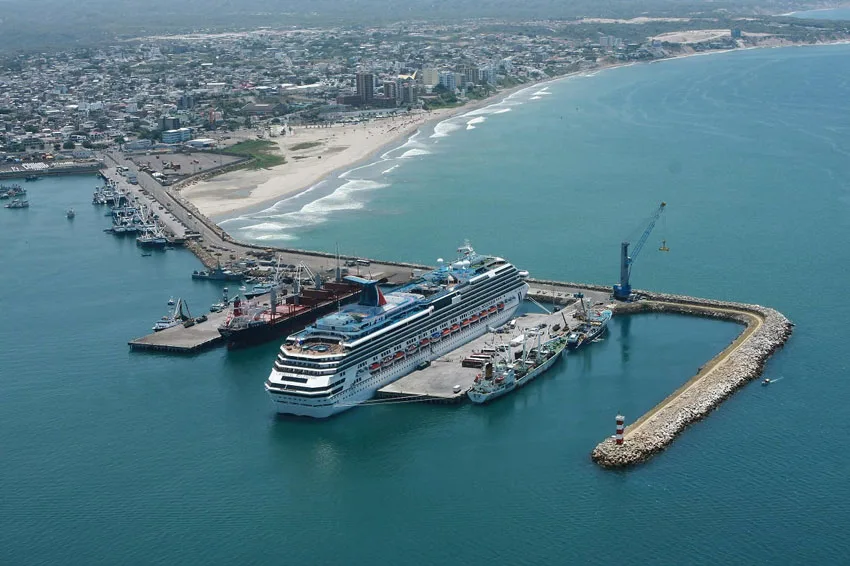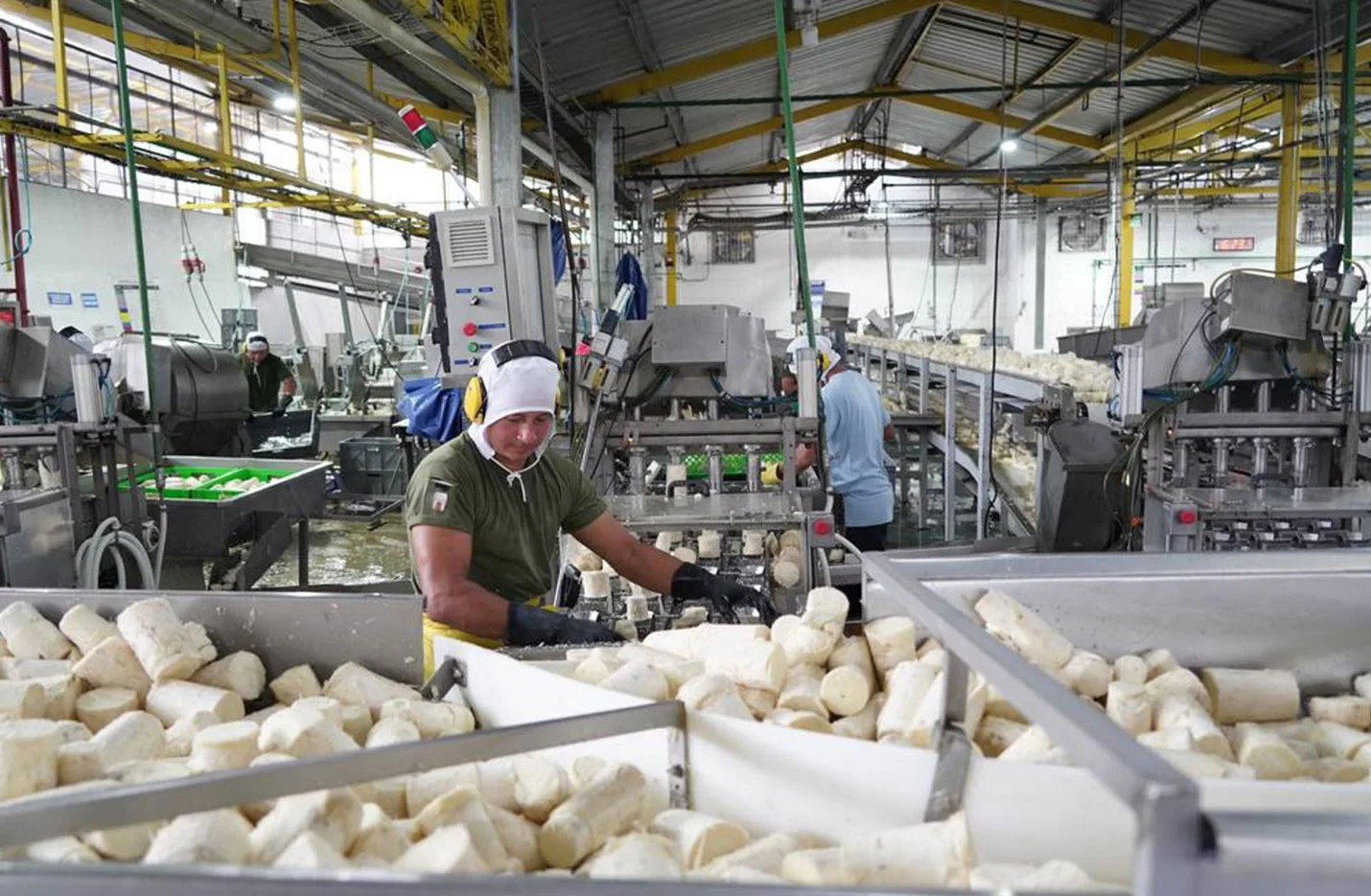Latin American countries face twin threats of hunger and obesity from poor-quality food
By Jason Beaubien
Latin America is facing a pandemic of malnutrition. Hunger and obesity are rising side by side in the region. The working poor who can’t afford a nutritious diet are suffering at times from a lack of food and at others from an overabundance of poor-quality food.

Child obesity is a growing problem in Latin America.
A new report from a consortium of United Nations agencies finds that the number of people experiencing hunger in Latin America has grown steadily over the past five years. The report analyzes data through the end of 2019, prior to the arrival of COVID-19. But the social and economic inequality that were leading to malnutrition in the region, the authors say, have only gotten worse during the pandemic.
“It’s been a very difficult year,” says Julio Berdegué, the U.N. Food and Agriculture Organization’s regional representative who announced the nutritional trends in Latin America and the Caribbean.
“If the projections we have of the impact of the pandemic occur, we could be going back to the [malnutrition] levels of the 1990s. We could lose 30 years in the fight against hunger in Latin America and the Caribbean. This is what we are talking about. It is a tragedy of unfathomable magnitude for millions of human beings.”
The report in Spanish, titled “Panorama de la Seguridad Alimentaria y Nutrición en América Latina y el Caribe 2020,” says the region is far off target from reaching the U.N. Sustainable Development Goal of eliminating hunger by the year 2030.
Last year almost a third of the people in Latin America experienced either severe or moderate food insecurity, according to the report. Moderate food insecurity means they were forced to reduce the size of their meals, skip meals or to substitute lower quality ingredients. Severe food insecurity is when individuals go days without eating at all.
Berdegué at the FAO says that in a region with the agricultural wealth of Latin America, no one should be facing even moderate food insecurity.
“Latin America is a leading food exporter,” Berdegué says. “And yet we are seeing these numbers of hunger and moderately severe food insecurity in our region.” Latin America and the Caribbean produce 23% of the world’s agricultural and fisheries exports. Brazil is the world’s largest producer of soybeans. Argentina and Chile sell large quantities of fresh fruit to the U.S. during the Northern Hemisphere’s winter and both rank among the world’s top exporters of wine. Mexico is a net exporter of corn and wheat.
Berdegué says the hunger problem in Latin America isn’t about a lack of food.
“In Latin America there is hunger, there is food insecurity and there is malnutrition because of a lack of purchasing power,” he says. “It’s because millions and millions of families lack money. Hunger in Latin America fundamentally is an expression of poverty and economic inequality.”
Even the problem of obesity in the region is often concentrated among people who are economically poor. They often end up overweight because their diets are dominated by inexpensive, calorie-rich processed foods.
As the pandemic causes an economic slowdown and limits travel, the poorest members of society — people who live off daily wages — have been hit hardest.
Miguel Barreto, the regional director for the World Food Programme, says Latin America is facing a “pandemic of hunger.” Last year, 47 million people in the region were classified as hungry, according to this year’s report, with another 190 million listed as food insecure.
“In other words, 1 in 3 inhabitants of our region do not have access to nutritious and sufficient food,” Barreto says.
At the same time, there is an obesity problem. The number of people deemed to be carrying too many pounds continues to rise throughout the region. Last year, nearly 60% of adults in Latin America and the Caribbean were overweight. This is 20% higher than the global average. The rates are worse among women than men. And even kids are suffering from sobrepeso with 7.5% of children classified as overweight.
And, most concerning, the rates of obesity are increasing in every country throughout the region at a time when obesity is one of the factors that can make COVID-19 far more serious.
___________________
Credit: NPR

















